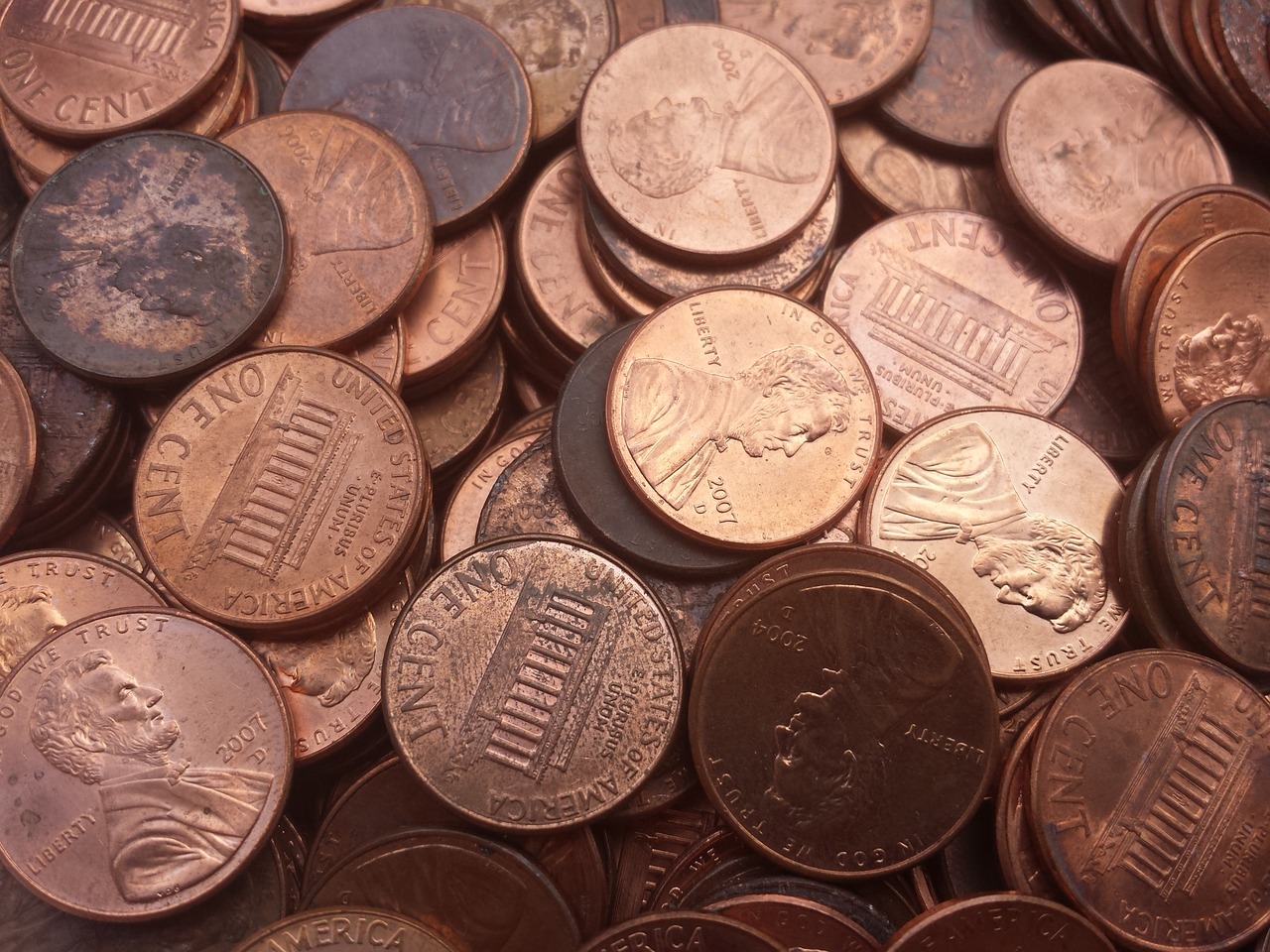Sending Money from the USA to France: Best Options, Fees, Risks, and Transfer Solutions
GPT_Global - 2025-09-28 07:00:20.0 15
What is the best option for sending small amounts of money to France?
Sending small amounts of money to France can be a convenient and straightforward process with the right service. Whether you're sending funds for personal reasons or to support family or friends, choosing the best method for remittance can ensure a smooth and cost-effective experience.
One of the most popular options for transferring small amounts of money is through online money transfer services. Platforms such as TransferWise (now Wise), Remitly, and PayPal offer low fees and competitive exchange rates. These services typically provide fast transfers, often within minutes, and allow you to send money directly to a French bank account, mobile wallet, or for cash pickup at partner locations.
Another efficient way to send money to France is through traditional money transfer services like Western Union or MoneyGram. These companies have widespread networks across France, making it easy for recipients to collect their funds from local agents. However, fees may vary depending on the transfer method and amount.
For those looking for a more secure and budget-friendly method, bank transfers are a reliable option. Though they might take longer to process, they are usually safe and involve fewer fees for larger sums. Always compare rates and fees before choosing the right method for sending money to France.

How do I track my money transfer from the USA to France?
Tracking your money transfer from the USA to France is essential to ensure that your funds arrive safely and on time. Whether you are using a traditional bank transfer or a remittance service, it's crucial to follow the right steps. Most remittance businesses offer tracking tools that allow you to monitor your transfer in real-time. Simply log in to your account on the service provider’s website or mobile app and enter your tracking number to see the status of your transfer.
Many remittance services send you confirmation emails or SMS updates about the transaction's progress. These updates often include the estimated delivery time and any issues encountered along the way. If you are using a bank, you can contact customer support for specific details regarding your transfer. Be sure to keep the transfer receipt and tracking number for reference.
Choosing a reliable and efficient remittance business can make all the difference when tracking your transfer. Look for a service that offers transparent tracking features and provides excellent customer support. This way, you can have peace of mind knowing your money is safely making its way from the USA to France.
Are there hidden fees when sending money to France?
When sending money to France, many people wonder if there are hidden fees involved. While international transfers may look simple, the costs can vary depending on the provider you choose. Banks, for example, often charge higher transfer fees and may include additional costs in the exchange rate margin. This makes the transaction more expensive than it first appears.
Money transfer services can provide more transparency, but it is essential to check the fine print. Some companies advertise “zero fees” but compensate with a less favorable exchange rate. Others may include service charges for faster transfers or receiving methods like cash pickup. These hidden costs can reduce the amount your recipient actually receives in France.
To avoid surprises, always compare the total cost of your transfer—including both upfront fees and the exchange rate offered. Using a trusted remittance service with clear pricing ensures you get the best value. By paying attention to hidden fees, you can send money to France with confidence and ensure your loved ones receive the full benefit of your support.
What is the difference between SWIFT and SEPA transfers when sending money to France?
```htmlWhen sending money to France, it's important to understand the difference between SWIFT and SEPA transfers, as each method offers distinct advantages depending on the transaction's needs.
SWIFT, or the Society for Worldwide Interbank Financial Telecommunication, is a global network used for cross-border payments. It allows money to be transferred internationally, even outside of the Eurozone, though it typically involves higher fees and longer processing times compared to SEPA. SWIFT is ideal for transferring large sums or sending money to countries not covered by SEPA.
On the other hand, SEPA, the Single Euro Payments Area, is a payment integration initiative that simplifies euro transfers within the Eurozone, including France. SEPA transfers are faster and more cost-effective, often processed within one business day. This makes it an attractive choice for those sending money between European countries, especially for smaller amounts.
In summary, if you are sending money to France from outside the Eurozone or need to send large amounts, a SWIFT transfer might be your best option. For those making smaller, routine transfers within the Eurozone, SEPA is the more economical and efficient choice.
```Can I send money from the USA to France without a bank account?
Here’s a draft SEO article for your topic: ---Sending money from the USA to France without a bank account is possible, thanks to modern remittance services. Many people who don’t have access to traditional banking still need to transfer funds internationally, whether for family support, business, or personal reasons. Fortunately, digital platforms and cash pickup services make this process simple and secure.
Money transfer companies allow you to send funds online or in person without requiring a bank account. Instead, you can use cash, debit cards, or prepaid cards to complete the transaction. The recipient in France can then pick up the money at a local partner location, receive it directly to a mobile wallet, or sometimes even get it delivered to their home.
When choosing a service, consider fees, exchange rates, and delivery times. Some providers offer competitive rates and instant transfers, while others may take longer. Always ensure the provider is licensed and trusted to keep your money safe. With the right remittance service, sending money from the USA to France without a bank account is both convenient and reliable.
What happens if I send money to the wrong account in France?
Sending money abroad is often simple and secure, but mistakes can happen. If you accidentally send money to the wrong account in France, it can be a stressful situation. Unlike a small error in a domestic transfer, an international transfer may take longer to resolve and involve extra steps with your bank or remittance provider.
In France, banks are required to verify account details before processing payments. However, if the account number (IBAN) you entered is valid but incorrect, the funds could be credited to someone else’s account. In such cases, you must immediately contact your remittance service or bank. They will initiate a recall request, but the success of retrieving funds depends on the recipient’s cooperation.
To avoid complications, always double-check the recipient’s name, IBAN, and bank details before confirming a transfer. Using a trusted remittance service can also reduce risks by providing error checks and customer support. If a mistake occurs, act quickly, as delays may reduce the chances of recovering your money. Accuracy and speed are key when sending money to France or anywhere abroad.
How do currency fluctuations impact money transfers from the USA to France?
Currency fluctuations play a significant role in international money transfers, especially between the USA and France. When sending money from the USA to France, the exchange rate between the US dollar (USD) and the Euro (EUR) can greatly affect the amount the recipient in France receives. If the dollar weakens against the Euro, the recipient gets fewer Euros for the same amount of USD sent, potentially leading to lower transfer value.
On the other hand, if the dollar strengthens, the recipient will receive more Euros, providing better value for the money transfer. These fluctuations are influenced by a range of factors, including economic policies, inflation rates, and market speculation. For businesses in the remittance sector, understanding these fluctuations is crucial to offering competitive rates and minimizing risks for customers.
To mitigate the impact of currency fluctuations, many remittance services provide tools such as locked-in exchange rates or forward contracts. These options allow customers to avoid unexpected changes in the value of their transfer, ensuring they get the best possible deal when sending money from the USA to France.
Are there any US government restrictions on sending money to France?
When it comes to sending money from the United States to France, there are no specific government restrictions prohibiting remittances. However, there are regulatory requirements that both the sender and recipient must comply with to ensure a smooth transaction.
First, all remittance services must adhere to the U.S. Treasury Department's Office of Foreign Assets Control (OFAC) regulations. This means that sending money to individuals or entities subject to sanctions, such as certain persons or organizations in France, is prohibited. Before sending money, it is essential to confirm that the recipient is not listed on the OFAC Specially Designated Nationals (SDN) list.
Additionally, financial institutions, such as banks and money transfer services, are required to follow anti-money laundering (AML) laws. They may ask for identification, the source of funds, or other details to ensure the legitimacy of the transaction. It is advisable to check with your remittance provider for any specific documentation or requirements for transferring money to France.
In summary, while there are no major restrictions, compliance with U.S. regulations is crucial when sending money to France. Always use a trusted service and ensure you follow all necessary steps for a hassle-free transaction.
About Panda Remit
Panda Remit is committed to providing global users with more convenient, safe, reliable, and affordable online cross-border remittance services。
International remittance services from more than 30 countries/regions around the world are now available: including Japan, Hong Kong, Europe, the United States, Australia, and other markets, and are recognized and trusted by millions of users around the world.
Visit Panda Remit Official Website or Download PandaRemit App, to learn more about remittance info.


